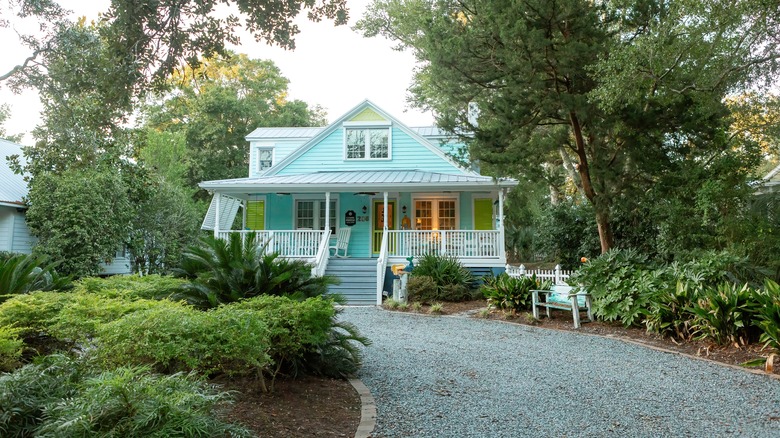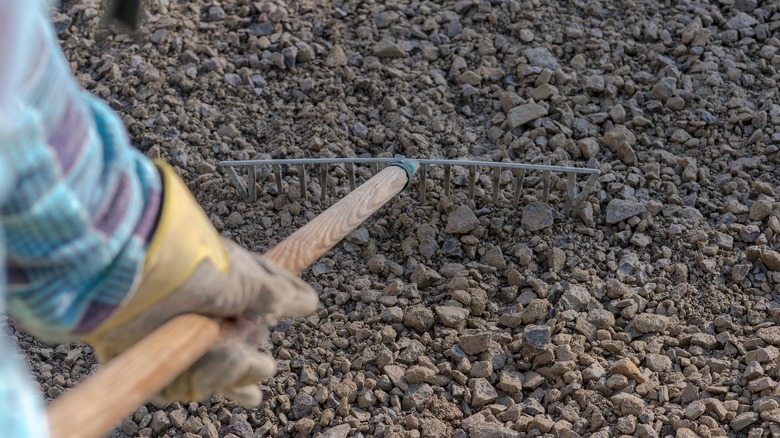The Mistake Many People Make When Building Out A Gravel Driveway
Gravel driveways are a popular choice for homeowners looking for a durable, affordable, and low-maintenance alternative to paved surfaces. They can handle a range of weather conditions and you don't have to worry about them cracking, but they also come with their own set of considerations. One of the most common mistakes people make when building a gravel driveway is choosing the wrong type and grade of crushed rock. Whether you should opt for large gravel or small gravel is dependent on the situation, but it's necessary to cater this selection to your circumstances to prevent common issues like potholes, ruts, and drainage problems. Thankfully, with a bit of knowledge, you can avoid this mistake from the jump.
There are many different types of gravel to consider, but instead of choosing solely based on appearance, you should consider how these materials will layer and work together. For a stable, durable driveway, you typically need a mix of coarse, angular rocks and smaller, finer materials that will interlock and compact effectively. The ideal setup often involves three layers of different rock grades, each with its specific role in creating a solid, well-drained, and long-lasting driveway.
Choosing the right crushed rock to avoid long-term issues
The first layer, or base layer, should consist of large, angular crushed stone, typically around 4 inches in diameter. This stone is often referred to as "#1" gravel and is crucial for providing a solid foundation. Its angular shape helps lock the stones together and prevents them from shifting under the weight of vehicles. Skipping this step or using smaller stones for the base layer can lead to a driveway that quickly develops ruts or sinks over time.
For the middle layer, a smaller grade of gravel, between 2 to 3 inches, is ideal. This layer sits on top of the base and helps distribute weight, ensuring the driveway remains sturdy under constant use, while also facilitating drainage. Finally, the top layer typically involves even finer crushed stone like pea gravel or limestone. The smaller, smoother stones, which should be between ⅜ inches to 2 inches in diameter, make the surface more comfortable to drive on and give the driveway a polished look. The finer top layer also compacts better, reducing dust and loose stones.
One of the biggest pitfalls comes from skipping one or more of these layers or using rounded stones, like pea gravel, for all layers. While pea gravel looks attractive, it doesn't interlock as angular crushed stone does, making the driveway more susceptible to shifting, ruts, and even washouts in heavy rain. Investing time in understanding the right materials not only improves the longevity of your driveway but also reduces how much work you need to put in to maintain your gravel driveway.

